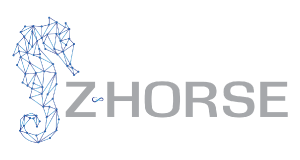
Risk Perspectives ESG: G – Growth in Governance
During the past few years, Community Banks and Credit Unions have been deluged with questions, queries, and even audits or examinations of governance practices. ESG even includes Governance as part of the risk “Big Three”. But what exactly is “governance”?
Common understanding is that governance, as related to ESG, is the governing of E and S including, but not limited to: corporate board composition and structure, strategic sustainability, oversight and compliance practices, executive compensation, and political activity.
While the focus on governance is good many questions arise as to what exactly is governance and what does it look like?
Governance is, in the most simple of terms, the ability to govern. When we govern there are three distinct steps taken: 1) creating the law, 2) enacting and educating about the law, and 3) confirming that the organization complies with the law.
In business we translate this into 1) creating policy, 2) implementing policy and 3) confirming policy is implemented and effective. Let’s take a closer look at each of these steps.
Creating and managing policy starts us off. Typically good governance practices would encourage a policy owner and a policy management process that includes ownership, review and approval, dissemination, effectiveness monitoring and updating and then policy change processes.
Implementation of policy includes the creation of procedures and processes aligned to the specific policy, education tools to train employees and communicate to stakeholders, and quality assurance processes that monitor the implementation of the policy.
Confirming that policies work typically resides with internal quality control functions, compliance organizations or internal and external audit. These functions confirm that the policies were implemented correctly, that processes were designed adequately, that employees were educated adequately on the policy and that leadership is receiving accurate data regarding the effectiveness of the policy.
These three pillars of governance provide a great road map for management and members of the Board of Directors. Not only can the infrastructure of board oversight align to the business’ management committee structure, management and the boards can speak directly to weaknesses in one or more of the pillars to address issues more succinctly and directly.
Understanding governance and ensuring risk management practices include a review of the governance process will provide employees, members, customers and other stakeholders with a clear indication of managements commitment to governance practices and the sustainability of the business itself.

(800) 519-9078
New Jersey
116 Village Boulevard, Suite 200
Princeton, NJ 08540
(800) 519-9078

